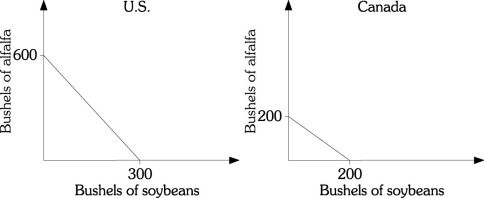The tendency for a resource that has no price to be used until its marginal benefit falls to zero is referred to as:
A. a positional arms race.
B. the Coase theorem.
C. the tragedy of the commons.
D. a social norm.
Answer: C
You might also like to view...
Which of the following would be expected if the tariff on foreign-produced automobiles were increased?
a. The domestic price of automobiles would fall. b. The supply of foreign automobiles to the domestic market would decline, causing auto prices to rise. c. The number of unemployed workers in the domestic automobile industry would rise. d. The demand for foreign-produced automobiles would increase, causing the price of automobiles to increase in other nations.
Economic freedom:
a. is the right to own property. b. means not having to pay taxes. c. is absent in rich countries. d. affects only poor people. e. is the ability to engage in voluntary trade.
The idea that tradeoffs have to be made when resources are scarce is reflected in the fact that:
A. points below the production possibilities curve are efficient. B. the production possibilities curve has a negative slope. C. the slope of a linear production possibilities is constant. D. points below the production possibilities curve are inefficient.
Refer to the information provided in Figure 20.1 below to answer the question(s) that follow. Figure 20.1Refer to Figure 20.1. The opportunity cost of producing a bushel of alfalfa in Canada is
Figure 20.1Refer to Figure 20.1. The opportunity cost of producing a bushel of alfalfa in Canada is
A. half as much as that in the United States. B. four times as much as that in the United States. C. the same as that in the United States. D. twice as much as that in the United States.